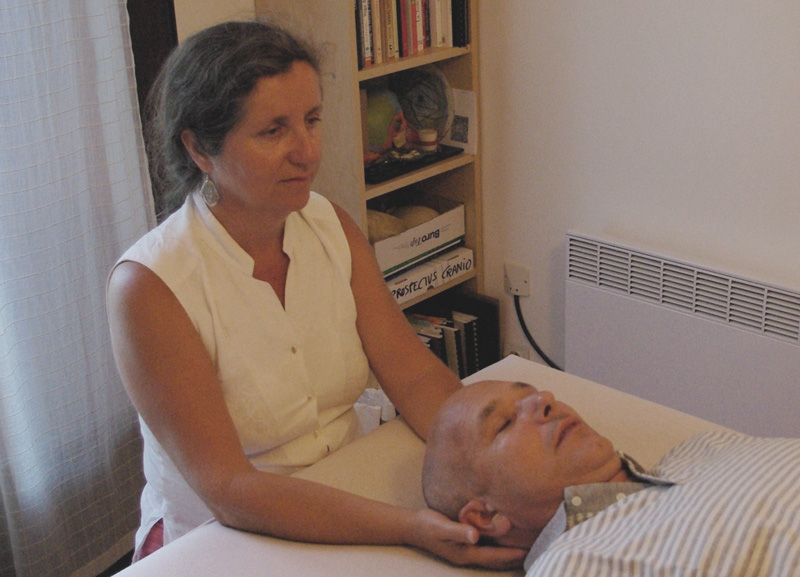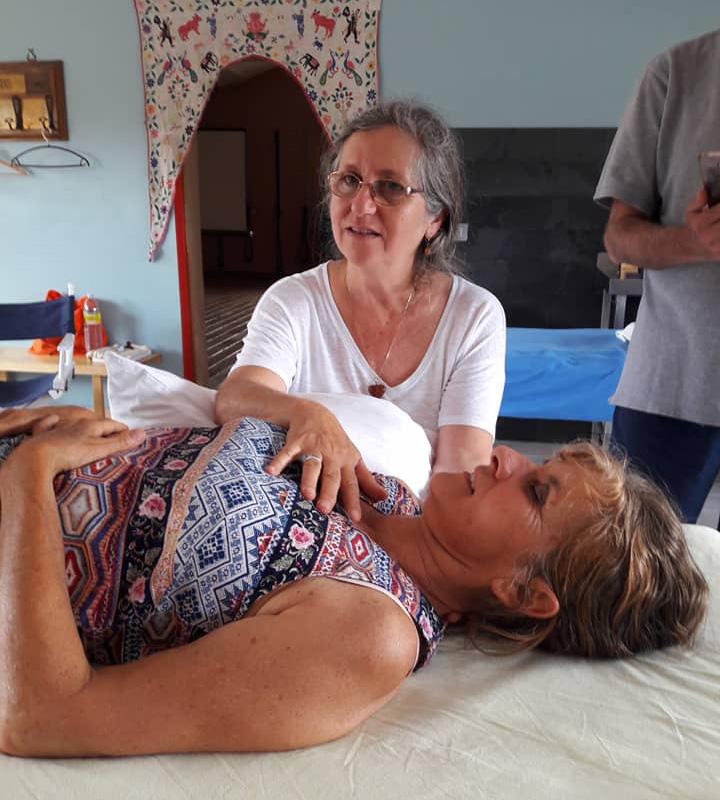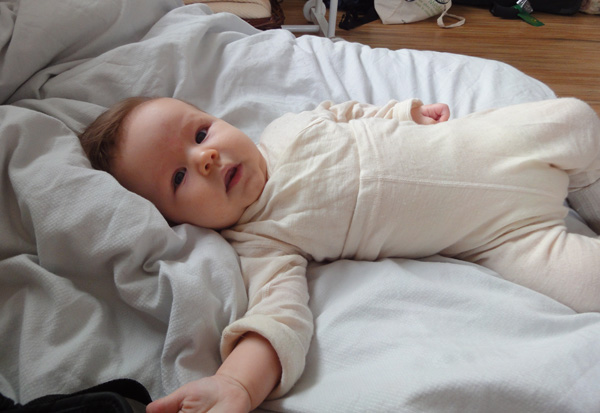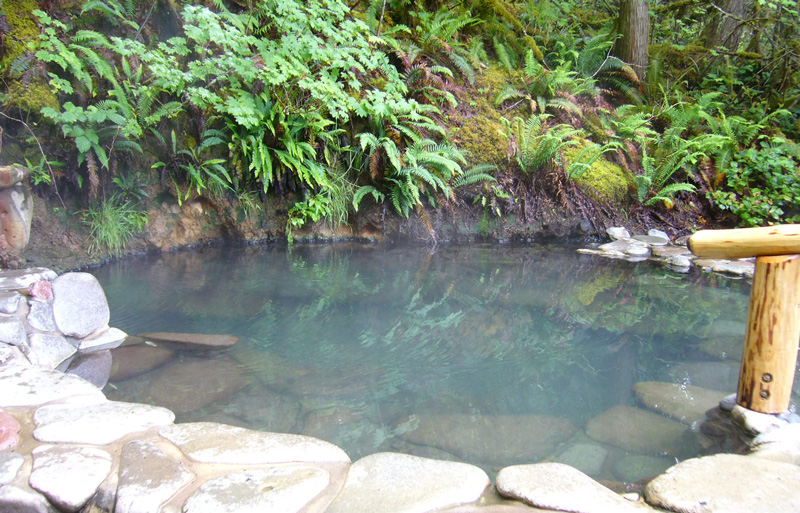.
Individual sessions
.
What does a session look like?
A Craniosacral Biodynamics session lasts about an hour. During the session, the patient is lying on a treatment table, and the practitioner uses a very soft touch to perceive in the patient’s body the flow of life forces carried by the subtle flow of fluids and tissues.
At the same time, she also perceives the individual history of the patient – with their particular conditions, traumas or pathologies.
From a space of stillness, she listens and then supports the system with her hands in its search for a return to a natural balance.
The practitioner thus acts simply as an assistant of Primary Respiration so that one finds a new balance between its natural resources of health and the restrictions retained in the tissues of the body. So the body can heal itself, and the potency of fluids can re-infiltrate all cells and organs.

“I am not doing a treatment to correct the problem, I am doing treatment to restore health … by treating in this way, I open the doors for the body to try to do what it wants with its own living forces.”
Rollin E. Becker
Differences and complementarity with medical and osteopathic approaches

Relationship to medicine:
The Craniosacral Biodynamics approach does not replace a health care program prescribed by a health professional. The practitioner does not make a diagnosis, does not give a prescription and does not in any way modify the medical or psychological treatment.
Relationship to Osteopathy:
Likewise, Craniosacral Biodynamics does not replace the care provided by an osteopath. It is not geared towards manipulating and correcting imbalances in the body.
If the practitioner detects or suspects a pathological imbalance in his patient, he systematically refers him to a medical practitioner or osteopath.
On the other hand, Craniosacral Biodynamics can advantageously complement a health care program by accelerating its effects or limiting the side effects of certain treatments.
How does Craniosacral Biodynamics work?

CSB appeals to the body’s self-healing and rebalancing abilities: all the necessary pharmacopoeia is already present – it is simply a matter of giving it the opportunity and the space to express and unfold.
It is also useless to add strength – we are already like too full cup which overflows: from the inside, the forces of life, even frozen, can reunite with the flow of life and its circulation in the body – as soon as we give them our support.
The aim of manual therapy is in fact only to open up space and to magnify the action of the life forces already present, to allow a natural return to better homeostasis, a new balance.
We are talking about a new paradigm of healing and health.
Craniosacral Biodynamics indications
CSB is particularly indicated for chronic pain, headaches, back pain, insomnia, lack of energy, or in states of crisis, both physical and emotional.
It is thus useful to accompany a change of life – decisions to be made, move, change of professional situation, mourning – and also to help integrate, digest and transform various traumas.
It is also very beneficial for monitoring pregnancy.
Finally, it is also a gift for one’s well-being
Somatic Experiencing® sessions
Besides her practice of Craniosacral Biodynamics, Marga is also trained and graduated in Somatic Experiencing® (SE).
Originally created to treat trauma, SE is a therapy that helps overcome both physical and emotional discomfort. It goes well with CSB because the nervous system is also central in this practice.
Very gently and deeply, SE allows the tensions engrained in the body to be released fairly quickly. SE puts you back in your place, here and now, and encourages you to find your buried personal resources.
In SE sessions, Marga works primarily with bodily and physical sensations and gives less emphasis on cognitive and emotional processess (the “psychological” approach to SE ).

